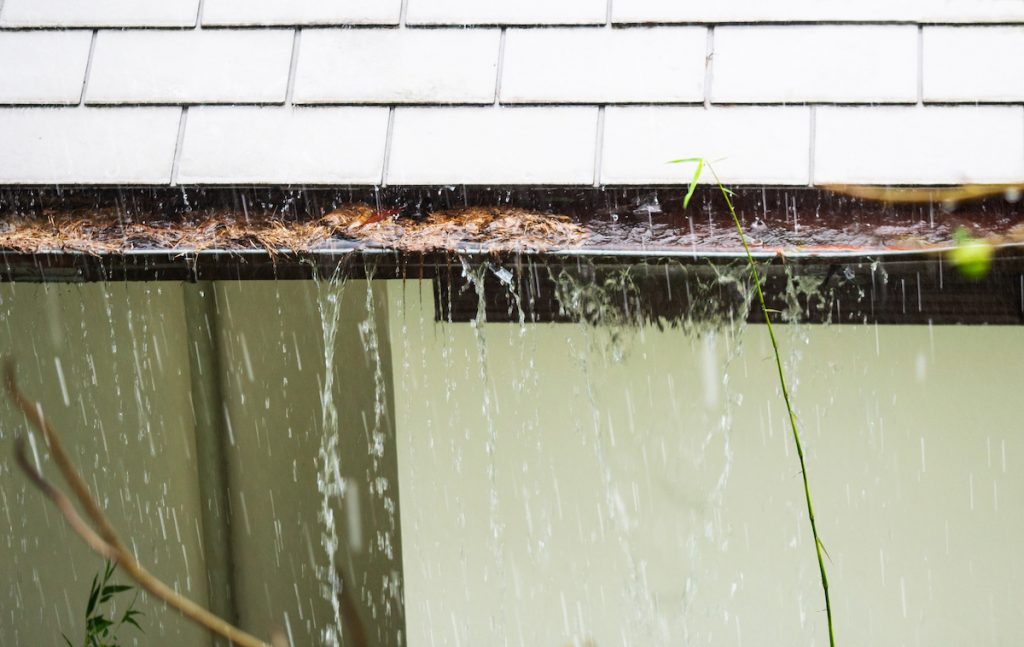Your Home's Common Common Leak Triggers: Examination
Your Home's Common Common Leak Triggers: Examination
Blog Article
We have come across this post relating to How to Find Water Leaks directly below on the net and felt it made sense to relate it with you in this article.

Leakages not only trigger waste of water but can also trigger unnecessary damage to your residence and advertise undesirable organic development. By looking and also understanding for daily scenarios that cause leaks, you can secure your residence from future leakages and unnecessary damage.
Immediate temperature level modifications.
Severe temperature level changes in our pipelines can cause them to broaden and also acquire unexpectedly. This growth as well as tightening may cause fractures in the pipes, particularly if the temperature level are below cold.
Corroded water supply
As time passes by, your plumbing system ages as well as deterioration such as rust may begin gnawing the pipes. This may be the cause of discoloration or bending on your pipes. This asks for an assessment with your plumber quickly. If our plumbing system is old, consider replacing the pipes considering that they go to a greater threat of deterioration than the more recent models.
Malfunctioning Pipe Joints
Pipeline joints can degrade over time, resulting in water leaks. If you have loud pipelines that make ticking or banging noises, specifically when the hot water is turned on, your pipeline joints are probably under a great deal of stress.
Encroaching roots
The majority of water leakages start outside the house instead than inside it. You may see wet patches or sinkholes in your backyard, and also that could mean that tree roots are invading water lines creating water to permeate out.
Poor Water Connectors
At times, a leak can be caused by loosened tubes as well as pipes that supply your home appliances. In instance of a water connections leakage, you might see water running straight from the supply line or pools around your appliances.
Blocked Drains
Obstructed drains pipes might be frustrating as well as inconveniencing, yet they can often end up causing an overflow leading to burst pipelines. Keep eliminating any materials that might decrease your drains that could obstruct them to avoid such hassles.
All the above are reasons for leaks however not all water leaks result from plumbing leakages; some leakages could originate from roof covering leakages. All leakages must be repaired right away to prevent water damage.
Leakages not just trigger waste of water yet can likewise cause unneeded damages to your residence and also promote unwanted natural development. By looking as well as recognizing for everyday circumstances that trigger leakages, you can shield your house from future leaks and also unnecessary damages. Today, we will certainly look at six leakage creates that might be causing your pipelines to drip.
At times, a leakage can be caused by loosened hoses as well as pipes that provide your home appliances. In case of a water links leakage, you might discover water running directly from the supply line or puddles around your home appliances.
How To Check For Water Leak In Your Home
How To Check for Leaks
The average household's leaks can account for nearly 10,000 gallons of water wasted every year and ten percent of homes have leaks that waste 90 gallons or more per day. Common types of leaks found in the home are worn toilet flappers, dripping faucets, and other leaking valves. These types of leaks are often easy to fix, requiring only a few tools and hardware that can pay for themselves in water savings. Fixing easily corrected household water leaks can save homeowners about 10 percent on their water bills.
To check for leaks in your home, you first need to determine whether you're wasting water and then identify the source of the leak. Here are some tips for finding leaks:
Take a look at your water usage during a colder month, such as January or February. If a family of four exceeds 12,000 gallons per month, there are serious leaks.
Check your water meter before and after a two-hour period when no water is being used. If the meter changes at all, you probably have a leak.
Identify toilet leaks by placing a drop of food coloring in the toilet tank. If any color shows up in the bowl after 10 minutes, you have a leak. (Be sure to flush immediately after the experiment to avoid staining the tank.)
Examine faucet gaskets and pipe fittings for any water on the outside of the pipe to check for surface leaks.
Undetected water leaks can happen without the home or business owner even realizing. If you suspect a water leak, but not able to find the source. It is time to contact a professional water leak detection service, The Leak Doctor.
How To Find a Water Leak In Your Home
https://www.leakdoctor.com/blog/How-To-Check-For-Water-Leak-In-Your-Home_AE197.html

I was shown that editorial on How to detect water leaks in your home from a good friend on a different web page. So long as you enjoyed our post if you please do not forget to pass it around. We appreciate reading our article about Top Causes of Home Water Leaks.
Leaks? Ring us! Report this page